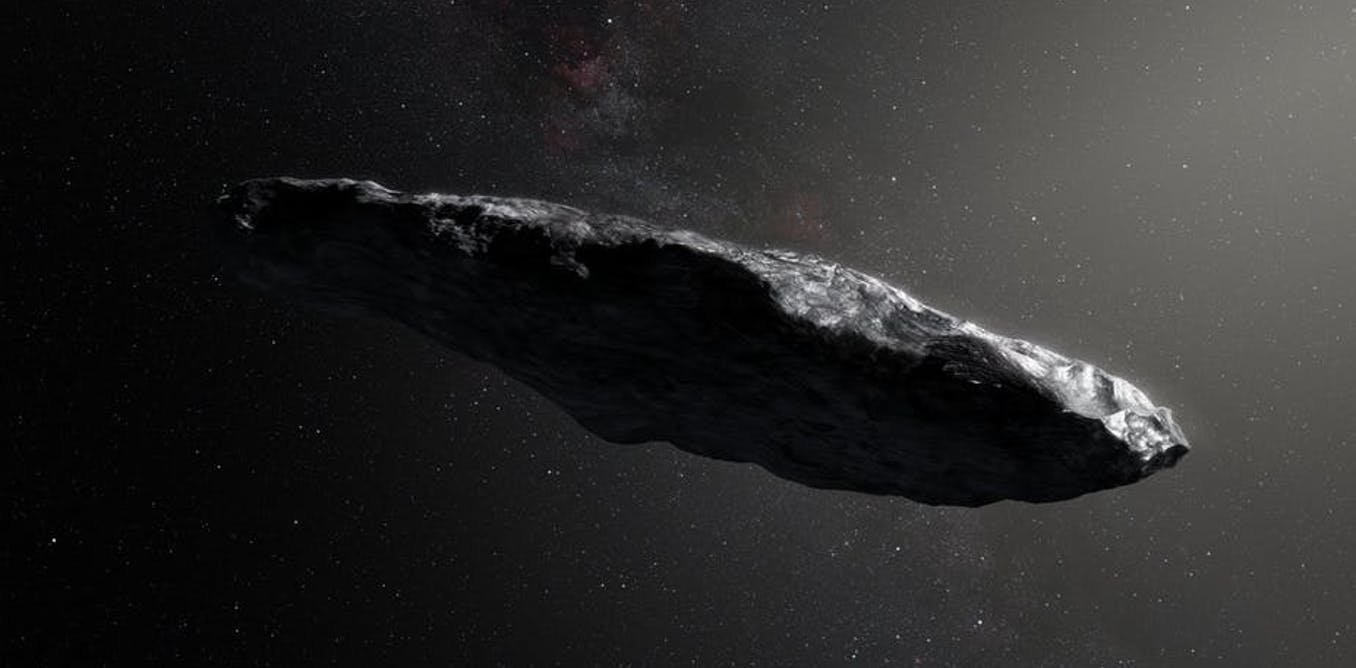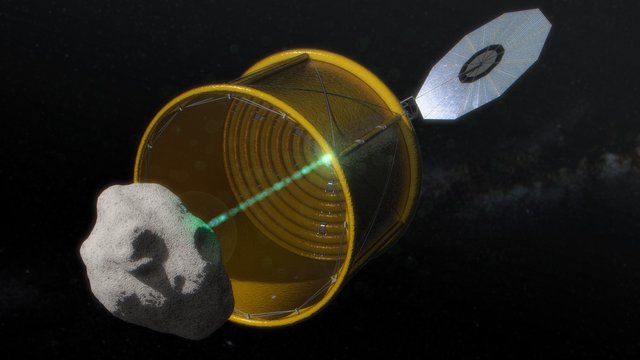Asteroid Mining
You ever spend a little too much time on the internet and decide you really want to see
what living on another planet might be like?
Well I’ve got some bad news…
if you thought the San Francisco housing market was out of
control you’re not going to believe what a townhouse goes for on Mars.
The components of your average one story house weigh somewhere around 100 tons.
Considering it costs minimum of $10,000 per pound to shoot something to space, a Mars
move would cost roughly 2 billion dollars.
But maybe the answer to cheap space construction is already out there?
The most practical way to build stuff in space is to do it… with other stuff in space.
the best opportunity we got are asteroids which are not just collosal they are full of precious metals

What IS an asteroid?
Billions of years ago, Earth and the other planets began to condense.
Dust became rocks, and rocks became building blocks of planets.
Most of these were knocked into deep space, or aggregated to become our solar system’s
planets and moons, but a few hundred million never got big enough.
Asteroids are essentially little chunks of protoplanet that never made it.
Millions of these, about 4% the mass of the moon altogether, are trapped in a belt past
Mars, where Jupiter’s gravity keeps them from condensing.
But thousands of asteroids cross Earth’s orbit.

So why not catch one and mine it?
But mining asteroids could actually be in our future.
Why would we want to harvest tiny protoplanets?
Because they’re full of interesting stuff.
When large planets like Earth form and cool, all their heavy elements like metals move
towards the core. asteroids are so small and light, they never quite formed layers, and those rare, heavy elements are more accessible. harvesting the riches of asteroids might be essential for establishing future space settlements, powering interplanetary travel, and building things that are definitely not moons.
Because why spend money to bring stuff from Earth if your building materials are already up there??

Different types of asteroids hold different useful ingredients for Off-Earth survival.
Carbon-based asteroids contain complex organic molecules that may hold clues to life’s
origins, and water, which we’ll need anywhere we want to keep that life going.
Stony asteroids hold elements like silicon and magnesium, while metal asteroids, in addition to shiny, expensive space bling like gold and platinum, also have iron and nickel: which are great for building stuff and who knows, might even make good space coins. Of course, mining an asteroid is a lot harder than it sounds.
Getting there is the biggest challenge, because blasting out of Earth’s gravity pit requires
so much energy and fuel.
But once you’re up there, asteroids’ low escape velocities make it easy to hop between
‘em, or even send stuff back to Earth… or Mars.
We could even mine our rocket fuel from asteroids too.
Here on Earth, we use a lot of electronics, and many of their components are made from
“rare Earth elements”, which like the name says, are difficult to find on our planet
(either because we’ve mined all we can reach cheaply, or they’re trapped deeper in the
Earth where we can’t get them easily).
As we race to always have the newest gadget, our supply of these metals may run out in
15-20 years, but on asteroids those elements are abundant and easy to get to.
.jpg)
The only likely way to make space mining profitable is to refine and build things in space.
There’s at least 10 good prospecting targets near Earth, but how do you land on a big lumpy space rock?
Asteroids look solid, but their low mass and weak gravity mean they’re actually more like floating rubble heaps.
One bad hop could eject an object right off the surface. And this is where the giant space nets come in.
In microgravity, it would actually be possible to wrap and snare an asteroid to land on it
or even drag it around. Surveying asteroids for mining has one more bonus: We’ll know where all the big ones
are, and hopefully avoid any extinction-level surprises. It should come as no surprise that without laws humans tend to act stupid. With so much at stake we have to consider what to do if space pirates become a real
thing, or if asteroid wrangling technology falls into the wrong hands.
There’s only one space law on the books. The Outer Space Treaty was signed in 1967.
It’s meant to prevent any nation from declaring land in space as their own, though I seem
to remember one country sticking a flag on the moon.
.jpg)
This idea isn’t too different from how the United States promoted westward expansion: A government supports the drawing of maps and early exploration, and good ol’ capitalism builds transportation and establishes an economy around new resources.
But… depending on your perspective, Westward Expansion wasn’t all that great.
It makes you wonder if we humans even have the right to permanently damage land that
isn’t part of our own planet?
.jpg)
So sure, the idea is a little “out there”, but assuming it’s legal, and we don’t bounce off into the vacuum of space, and we figure out how to make fuel, water, and factories up there, there’s plenty of stuff in asteroids to build the space house of our dreams.
.jpg)
Dont forget to upvote and leave some feed back please